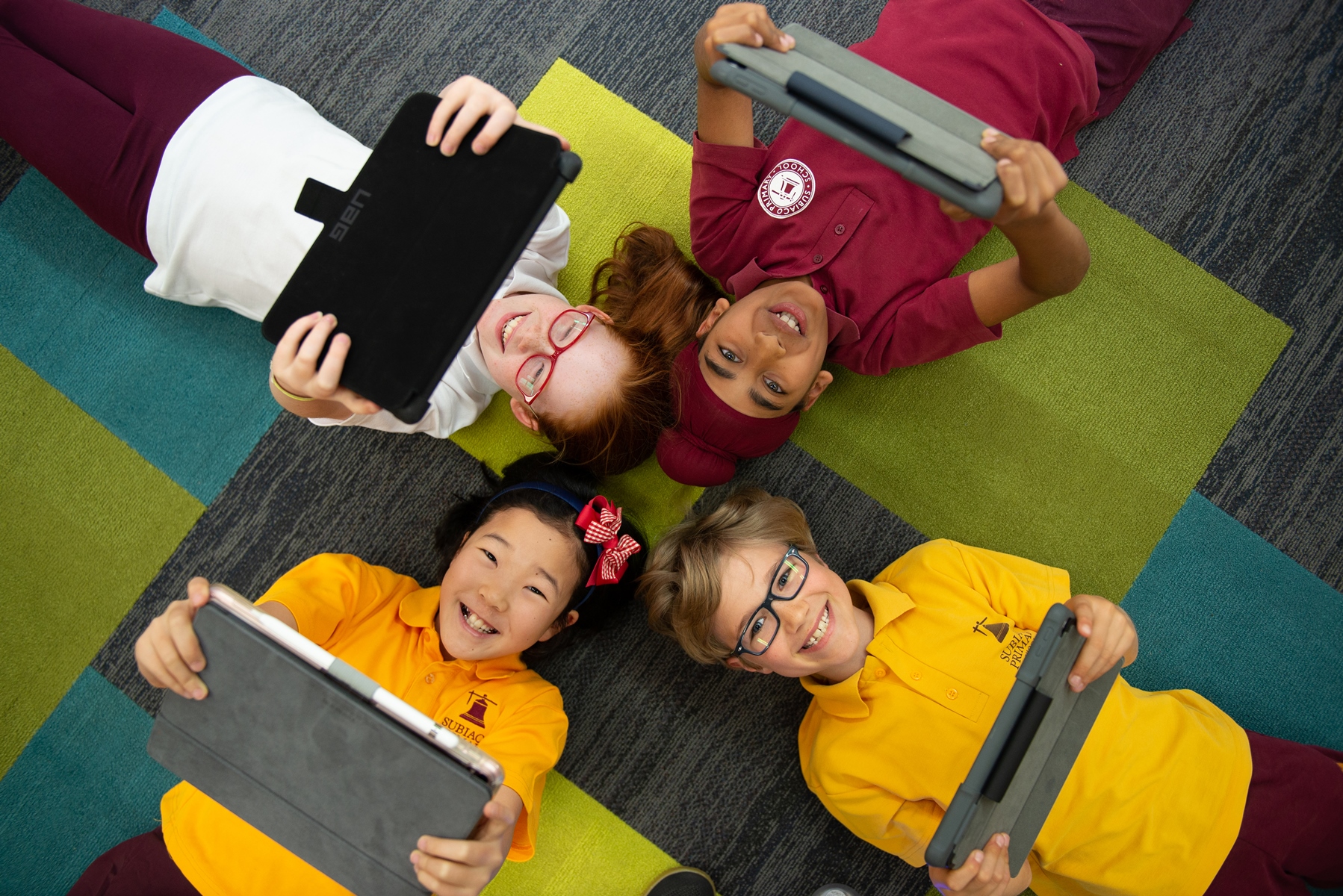Connected Learning from Home
Setting up for Success
When you start to think about helping your child to learn from home, remember that no one expects you to be a subject matter expert or teacher. The most important thing you can do is to continue to provide comfort, support and encouragement to your child.
You can help your child to learn from home by working with their school and supporting your child as they undertake the activities provided.
How you can support your child
You can support your child by:
- having a routine and setting expectations
- making sure your child has a space to work in
- providing a level of supervision suitable to your child’s stage of development
- monitoring communications from teachers
- checking in with your child often to help them manage and pace their work
- monitoring how much time your child is spending online.
Your child’s responsibilities during Connected Learning from Home
You should change these responsibilities according to the age and stage of your child.
Your child’s responsibilities include:
- regularly monitor digital platforms (Seesaw/Google Classrooms) for announcements and feedback from their teachers
- do their best work by completing tasks with integrity and academic honesty
- do their best to meet timelines and due dates
- communicate openly with their teachers and tell them if they have any concerns or issues
- collaborate and support their classmates
- continue to abide by their school’s behaviour guidelines.
Setting up a learning environment
Every home is different but it’s important to provide a quiet and comfortable space in which to learn.
Where possible, extended learning should take place in a space your family shares. For example, a lounge room or dining room. These spaces are preferable over a bedroom, where your child can feel isolated and supervision can be more challenging.
It should be a place:
- that can be quiet at times
- that has a strong internet signal, if possible
- where you or another adult is present as you would normally when your child is online, dependent on age
Establishing routines and expectations
Start and end each day with a check-in to help your child:
- clarify and understand the instructions they get from their teachers
- help them organise themselves and set priorities for their learning at home.
A healthy daily routine is great for mental and physical health, as well as concentration and learning.
Encourage regular exercise breaks. This might mean going for a walk, using exercise DVDs and apps, dancing, floor exercises or using home exercise equipment.
Encourage healthy eating habits and make sure they drink enough water.
Communicating with your child
We encourage you to start and finish each day with a simple check-in. These check-ins can be a regular part of each day.
Morning check ins
- What are you learning today?
- What are your learning targets or goals?
- How will you be spending your time?
- What resources do you need?
- What support do you need?
Afternoon Check ins
- What did you learn today?
- What was challenging? You could come up with a way to deal with the same problem if it comes up again.
- Consider three things that went well today. Why were they good?
- Are you ok? Do you need to ask your teacher for something? Do you need help with something to make tomorrow more successful?
These questions allow your child to:
- process the instructions they get from their teachers
- help them organise themselves and set priorities.
You could also check-in with your child throughout the day. This depends on your child’s needs.



